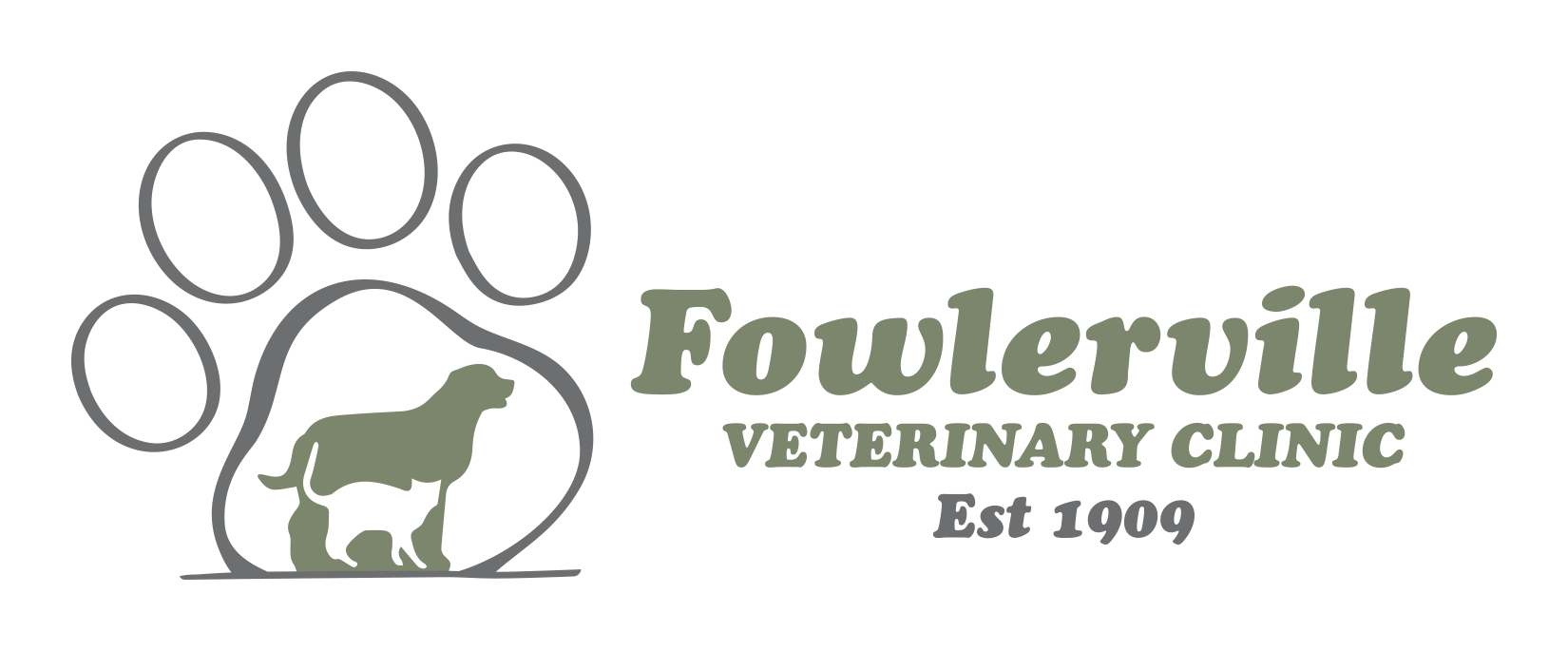Anesthesia and Your Pet
While modern anesthetics are relatively safe, there is always a slight risk. In order to minimize this risk, please follow these simple instructions:
- If your pet seems unwell or its condition has deteriorated please inform us at the time of admission. Do not feed your pet for 12 hours prior to admission.
- Avoid feeding an extra large meal the night before surgery as it may cause a gi upset, vomiting in surgery, or make a big mess in a sterile environment.
- Provide access to water overnight unless you have been specifically asked not to, ensuring that the water bowl is taken away first thing in the morning.
- For cats, please ensure that they are kept indoors overnight, with a litter tray, to prevent access to food sources outside.
- Patients are normally admitted between 7:15 and 8:00 AM, or as arranged; please allow 15-20 minutes for the admission process when you arrive.
Pre-anesthetic bloodwork is offered and recommended before each procedure.
The more information we have before surgery, the safer we can make the anesthetic. It takes about 15 minutes to provide the results and can therefore be done the same day just prior to the anesthetic. These tests measure the level of various substances normally found in your pet’s blood. Abnormal levels can indicate problems with liver or kidney function or even diabetes. Identifying a problem prior to administering an anesthetic allows us time to treat any underlying issues or to take additional precautions during anesthesia to minimize future problems.
The following guidelines apply for most pre-anesthetic bloodwork:
- It is highly recommended that any pet over eight years old be tested within the past 1-6 months.
- Patients with a history of pre-existing problems likely to affect an anesthetic should be checked. Patients in a high risk group at any age. For example, Persian cats have a breed predisposition to renal dysfunction.
- Dogs are recommended to have a Heartworm test and cats are recommended to have a Felv/FIV test prior to any anesthetic as well as being up to date on all routine vaccinations.
- Even an apparently healthy animal can sometimes have a low-grade underlying problem with their liver or kidney function without showing any signs of illness. The bloodwork can indicate subtle changes that cannot be appreciated in a normal clinical exam.
If these tests indicate changes in the function of your pet’s liver or kidneys it may have important implications for what type of anesthetic should be used, as these are often eliminated from the body by these organs. Also during general anesthesia blood pressure may drop, meaning that the liver and kidneys receive less blood. The normal pet can cope with this, but if there is a pre-existing problem the anesthetic may aggravate this problem unless special precautions are taken.
Following the blood tests and a physical exam, our anesthetic procedure begins with an injection of anesthetic that allows us to place a flexible tube in the trachea to secure the airway and give us access to deliver the gas portion of the anesthetic directly into the lungs. We use one of the safest gas anesthetics available to veterinarians called Isofluorane. While they are under anesthetic they are monitored for heart rate, respirations and oxygen saturation. We also use heated water blankets to ensure a proper body temperature is maintained.
Older and younger patients are at greater risk during anesthetic due to decreased or poorly developed organ function. Despite this, anesthetics are performed on older pets on a daily basis and the vast majority of these patients experience an uneventful procedure. Should you have any questions or require more detailed information, please consult your veterinarian.
